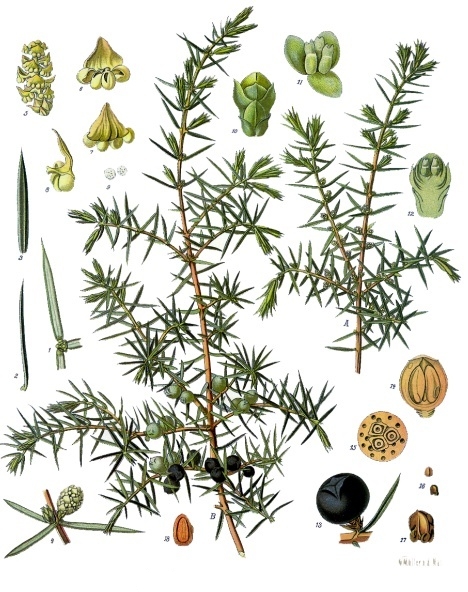Yesterday’s Cure, Today’s Cocktail
YOUNGSTOWN – As medicine in the 18th century evolved, the mixture of plants and alcohol led to many perceived medical cures. Over time, the concoctions were replaced by medications throughout the 20th century.
But many of those “cures” continue to this day, surviving in bars and restaurants across the country.
Cassie Nespor, curator at Youngstown State University’s Melnick Medical Museum, presented “Cheers to Your Health” Thursday. Her talk was prerecorded as a part of the Mahoning Valley Historical Society’s Bites and Bits of History program.
“Alcohol is a good way to preserve the medicinal parts of the plants in syrups and wines,” Nespor began.
She gave a brief history of each drink. After each segment, Sam’s Wedge Inn bartender Jamie Butler showed how the drinks are prepared at the Austintown watering hole.

Nespor’s research came from “Kings American Dispensary,” written by John Lloyd, and “The Drunken Botanist,” written by Amy Stewart in 2013.
“[Kings American Dispenary was] first published in 1854 and covered the use of herbs in American medical practice, especially by those practitioners of eclectic medicine, which was a botanical school of medicine popular in the 19th and 20th centuries,” Nespor said.
Before the end of the 19th century, the common belief was that illnesses were caused by an imbalance of four “humors” present in the body. According to U.S. National Library of Medicine, the humors – phlegm, blood, yellow bile and black bile – were part of Shakespearean cosmology, which was inherited from ancient Greece.
The humors were thought to control the behaviors of the body, including aging and gender and emotions. Doctors at the time would observe and diagnose a patient based on the characteristics associated with each the humors.
The role of the herbs was to rebalance the humors and ease symptoms. One of the most well known herbal remedies was ginger. Nespor said, according to the “Kings American Dispensary,” ginger helped deal with yellow bile and the digestive problems, colds and nausea associated with the humor.
The use of the root led to ginger beer and ginger wine becoming a popular remedy, so much so that a recipe was printed in the “1898 Kings American Dispensary.”
“Today, ginger beer is frequently mixed with vodka and garnished with a lime to make a Moscow Mule,” Nespor said.
According to Nespor, Juniper was used to cleanse the liver and kidneys and treat stomach pains. Juniper was also used to treat swelling and inflammation.
Juniper was mixed with water to create Juniper wine or Juniper brandy. The product was similar to gin.

“When the British invaded the Netherlands in the mid 17th century, they adopted the beverage as well,” Nespor said. “It quickly gained popularity in England, and by the mid 1800s, the British were making excellent varieties of gin.”
Wormwood became a common treatment for sprains, bruises and inflammation. The wormwood flowers were combined with vinegar and hot water before applying the mixture to a bandage for the injured area.
Wormwood was used as a nerve depressant and helped remove parasites.
“[Lloyd] found it to be a useful treatment to stimulate the apatite, which would be helpful in convalescence or rehabilitation cases, or even to stimulate the muscles of the digestive tract, making it useful to treat digestion,” Nespor said.
Wormwood wine became fortified with alcohol, better known as vermouth, which is used in a Manhattan. In German, the wormwood flowers were used to create wormwood beer. And in France, the wormwood oil led to the creation of absinthe.
However, the gin connection doesn’t stop there. Cinchona, a South American tree sometimes called Peruvian Bark, was used to treat fevers and heart conditions by the natives.
Colonizers also brought the bitter powder with them to tropical islands because it also treated Malaria due to Quinine it contained. The British used their gin to dilute the bitter Quinine, leading to the creation of gin and tonic.
With the holidays in full swing, there will be some alcohol consumed, but Nespor did leave a disclaimer for those think a Manhattan will fix their sprained ankle.
“This information is not intended for medical advice,” she said. “This represents historical beliefs, and is meant for informational purposes only.”
The Mahoning Valley Historical’s Society’s next presentation in January will take a look at the history of the YMCA, YWCA and the Black YMCA.
Copyright 2024 The Business Journal, Youngstown, Ohio.


